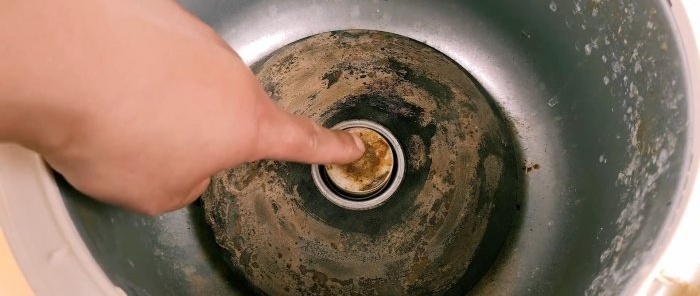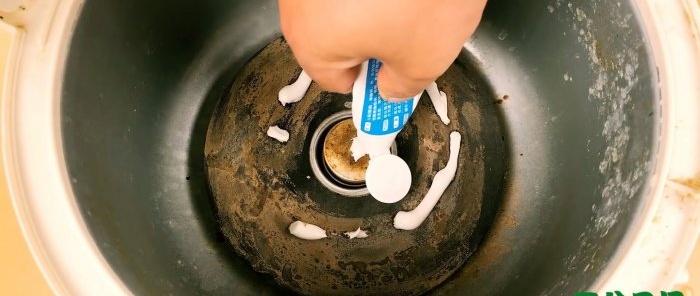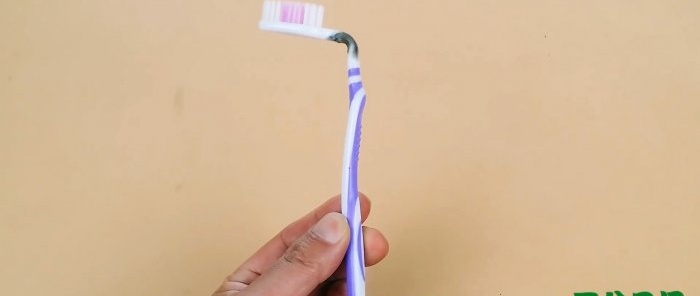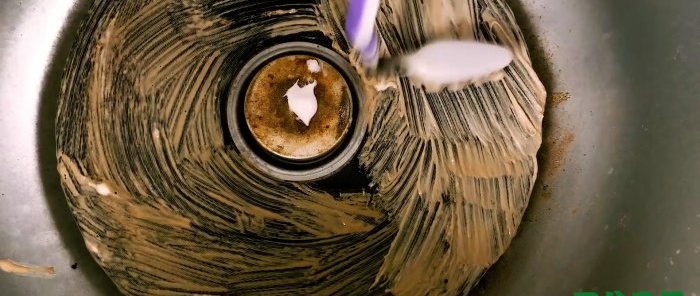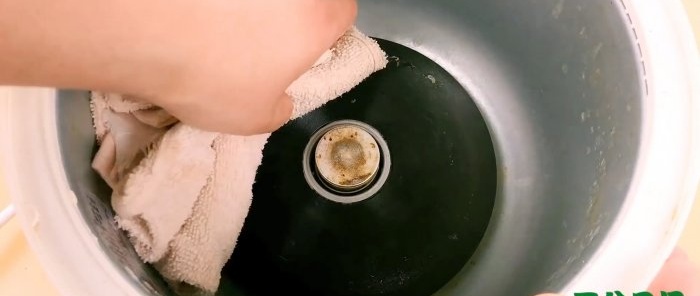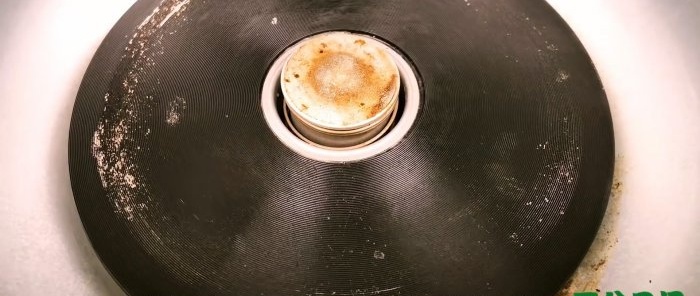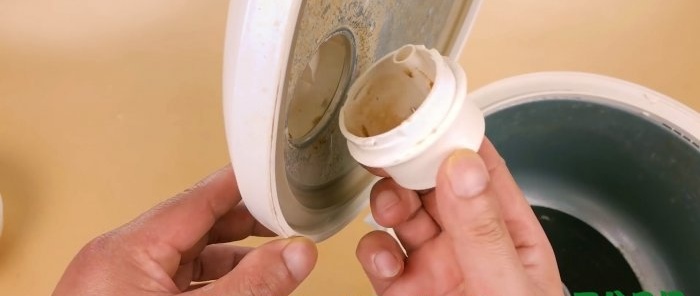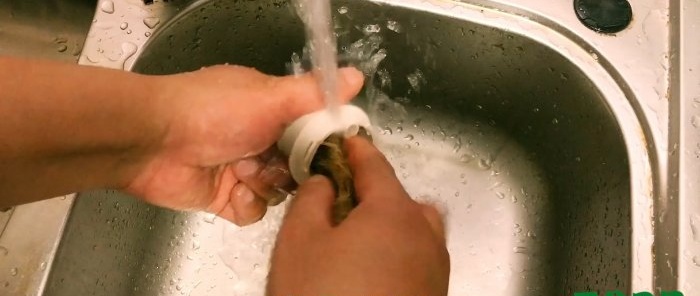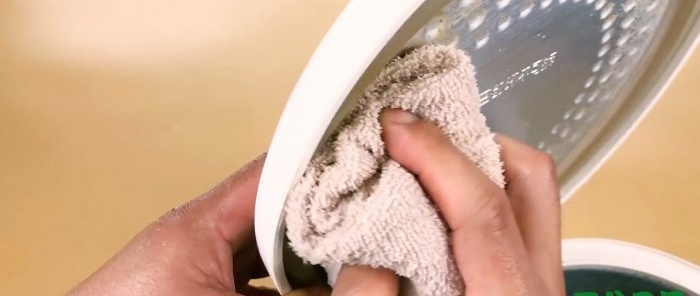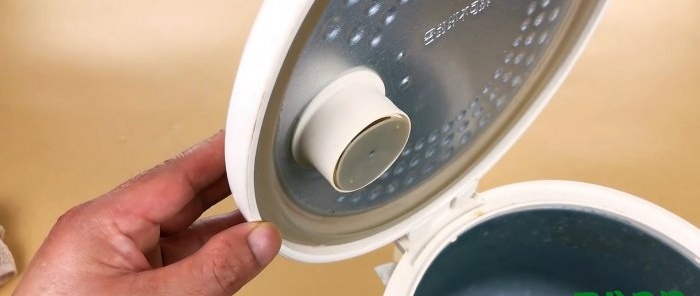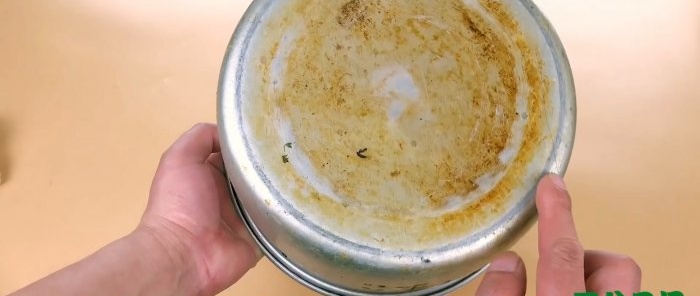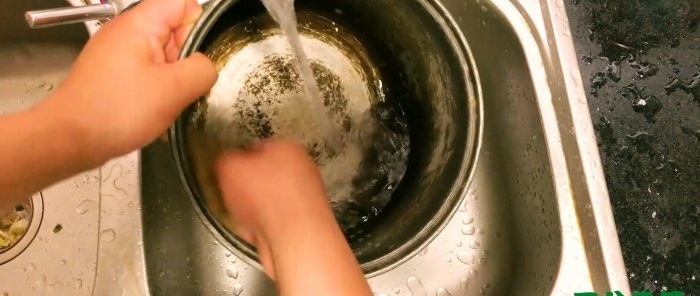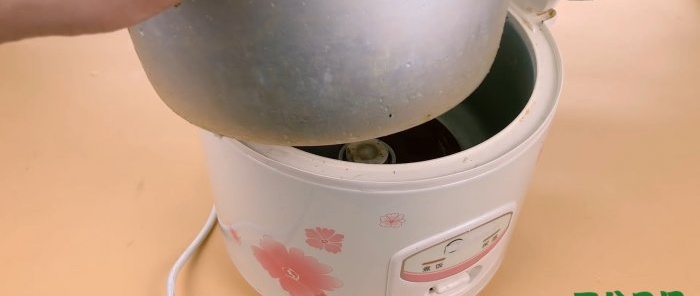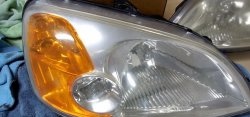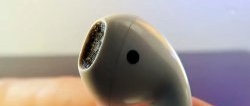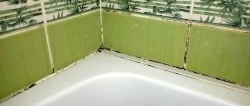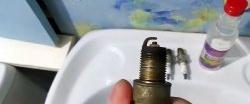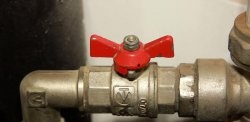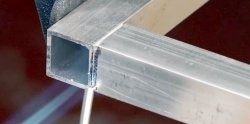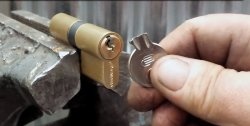How to properly care for your multicooker
Caring for a multicooker or rice cooker is not limited to just washing the inside of the bowl. There are at least 3 more places, the lack of care of which leads to excessive consumption of electricity by the device when performing automatic modes. If you do not clean them, the multicooker will take longer to reach operating temperature, which will increase the cooking time in some modes, such as steaming and others, where the countdown begins from the moment of boiling.
As you use it, the heating surface of the multicooker becomes covered with carbon deposits. It prevents the transfer of temperature to the bowl, so it needs to be removed. Ordinary detergents do not remove carbon deposits. To erase it, you should smear the surface with toothpaste, then scrape it off with a toothbrush.
In order for the brush to fit into the body, you need to heat its neck over the fire from a lighter or candle, and then bend it at a right angle.
The surface is cleaned by periodically moistening the brush so that the paste does not dry out.If necessary, you can leave the product for a while to better soak the carbon deposits.
After washing, it is washed off with a clean cloth or napkin. You cannot pour water into the multicooker body for rinsing.
The removable lid lining and air valve should be cleaned after each use.
Many people rarely do this, preferring only to care for surfaces that come into direct contact with food. Its performance depends on the cleanliness of the valve, which affects the accuracy of temperature control during cooking. The valve and lid lining are very easy to wipe off immediately after cooking, before the coating has time to dry.
When washing the bowl, be sure to clean its bottom from the back side.
There is also carbon deposits there, which prevents it from heating up quickly. If you do not remove it, the multicooker will take longer to heat the bowl, wasting electricity. There is no non-stick coating on the back of the bottom of the bowl, so if necessary, the surface can be scraped with a metal dish brush.
By caring for your multicooker in this way, you can preserve it for a longer period. Firstly, it will look better, and secondly, the food will always cook at the correct temperature and humidity. In addition, you won’t have to wait longer for the dish to be ready.
What you will need:
- old toothbrush;
- toothpaste;
- sponges and napkins.
The process of properly cleaning a multicooker
As you use it, the heating surface of the multicooker becomes covered with carbon deposits. It prevents the transfer of temperature to the bowl, so it needs to be removed. Ordinary detergents do not remove carbon deposits. To erase it, you should smear the surface with toothpaste, then scrape it off with a toothbrush.
In order for the brush to fit into the body, you need to heat its neck over the fire from a lighter or candle, and then bend it at a right angle.
The surface is cleaned by periodically moistening the brush so that the paste does not dry out.If necessary, you can leave the product for a while to better soak the carbon deposits.
After washing, it is washed off with a clean cloth or napkin. You cannot pour water into the multicooker body for rinsing.
The removable lid lining and air valve should be cleaned after each use.
Many people rarely do this, preferring only to care for surfaces that come into direct contact with food. Its performance depends on the cleanliness of the valve, which affects the accuracy of temperature control during cooking. The valve and lid lining are very easy to wipe off immediately after cooking, before the coating has time to dry.
When washing the bowl, be sure to clean its bottom from the back side.
There is also carbon deposits there, which prevents it from heating up quickly. If you do not remove it, the multicooker will take longer to heat the bowl, wasting electricity. There is no non-stick coating on the back of the bottom of the bowl, so if necessary, the surface can be scraped with a metal dish brush.
By caring for your multicooker in this way, you can preserve it for a longer period. Firstly, it will look better, and secondly, the food will always cook at the correct temperature and humidity. In addition, you won’t have to wait longer for the dish to be ready.
Watch the video
Similar master classes
Particularly interesting
Comments (1)

